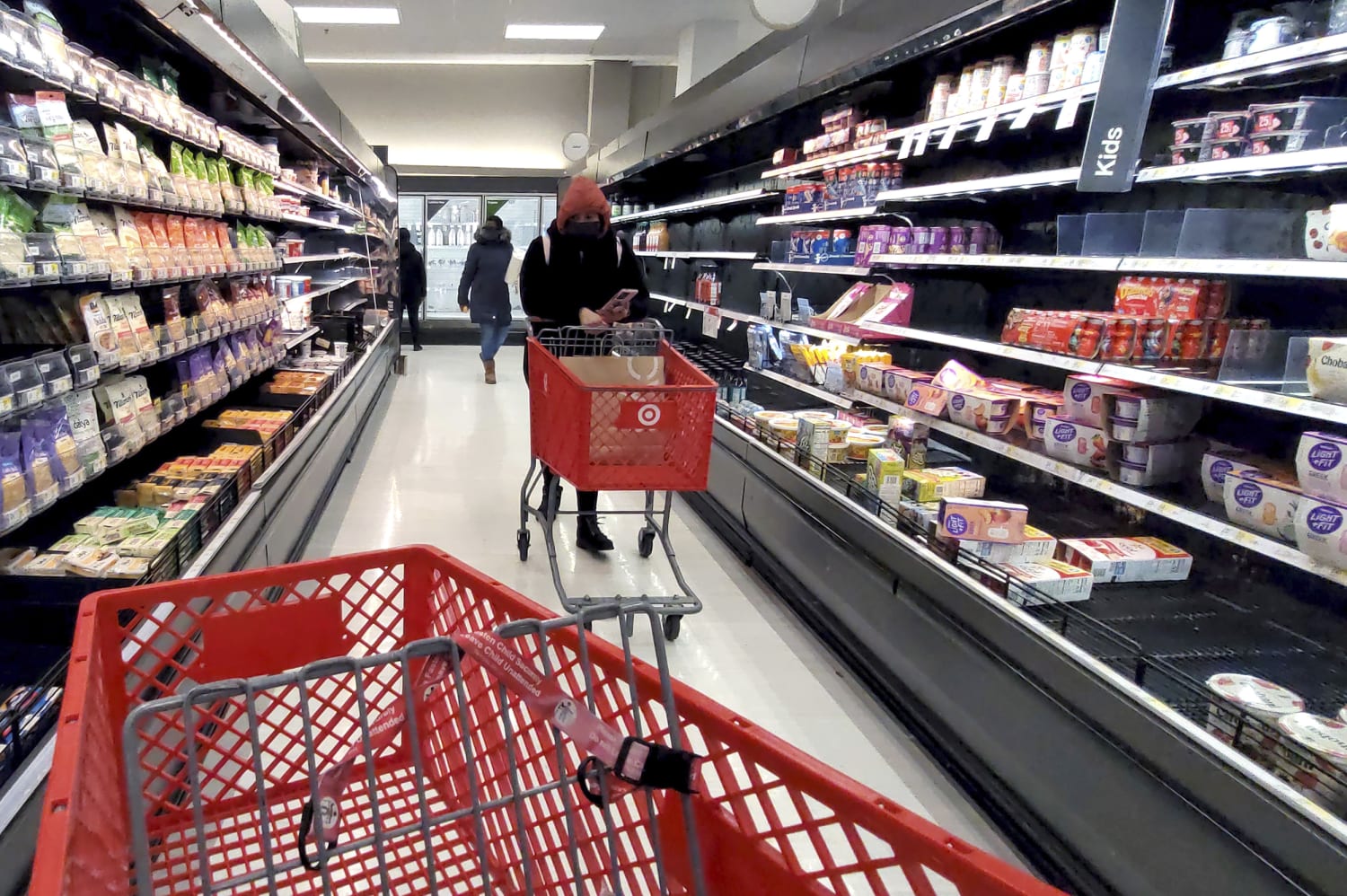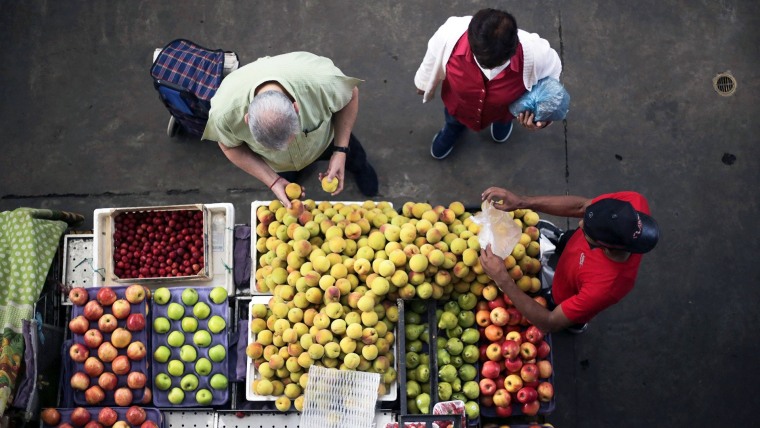Shoppers who want to keep their grocery bills under control or even save money are probably familiar with this well-worn advice: Go to the store with a shopping list — and stick to it. Don’t get waylaid by impulse buys.
But discipline alone may not be enough to protect shoppers from sticker shock at the checkout counter, especially if they’re fond of brand-name products.
According to the Bureau of Labor Statistics’ monthly consumer price index, grocery prices were up by 7.4 percent over the past year. The inflation rate is at a 40-year high.
The reasons are well-known by now. The lingering pandemic economy, with its supply chain delays and labor shortages, continues to drive up costs for transportation, agricultural commodities, packaging and just about everything else.
As big food and beverage companies and grocery stores grapple with the rising costs, many companies have started to pass them on to consumers. Some of the most noticeable increases have come in brand-name goods from big food manufacturers like Kraft Heinz and Coca-Cola.
In the meantime, prices of in-house or store brands haven’t climbed nearly as much. They include lines like Good & Gather from Target, Great Value from Walmart and 365 from Whole Foods Market.
“Store brands are increasing prices slower than national brands because they have a contract with a supplier for a year or two years and it’s a fixed price that’s locked in,” said Phil Lempert, a food marketing expert dubbed the Supermarket Guru. “The manufacturer, not the store, is going to absorb it in the short term.”
In-house brands are typically manufactured by outside parties, which insulates them from rapidly rising costs. National brands, on the other hand, often oversee their own manufacturing and distribution and absorb price increases all along the supply chain.
“Companies have been absorbing a certain amount of money, and they can’t keep doing that. They have to pass it along,” Lempert said.
And they haven’t been shy about doing it or bragging about it. Kraft Heinz reported quarterly earnings Wednesday, beating Wall Street’s expectations. On a call with investors, Global Chief Financial Officer Paulo Basilio said, “While we ended 2021 having announced or fully implemented all the pricing we had planned, we are now taking additional pricing actions, as appropriate.”
That has become a familiar refrain among executives from several major food and beverage companies that also reported quarterly earnings recently, including PepsiCo, Coca-Cola and Mondelez, which owns brands like Ritz and Oreo.
“We anticipate another year of material cost inflation,” said Mondelez Chief Financial Officer Luca Zaramella, who went on to point out how Mondelez would benefit. “As such, pricing will be a larger top-line contributor than in the previous years.”
While some consumers will remain loyal to particular brands, others are already adjusting their spending habits. In a survey conducted this month by Jefferies Group, 80 percent of respondents said they were actively looking for ways to cut costs by doing things like buying less expensive products and private-label brands and more items on sale.
Although price differences can vary widely depending on the product, retailers have made concerted efforts to improve the quality of their store brands and ensure that they’re on par with brand-name products, while still keeping prices down, Lempert said. That’s an advantage that may come in handy for retailers.
At a Whole Foods in Los Angeles, its 365 brand organic refried black beans cost $1.39 for a 16-ounce can, while a 15.4-ounce brand-name can costs $3.79. A dozen cage-free eggs from Target’s Good & Gather brand cost $2.79 in Los Angeles, compared to $5.69 for a dozen pasture-raised eggs from Vital Farms.
The Jefferies report concluded that “if prices were to climb higher (and they likely are),” more shoppers will resort to cutting costs.
Walmart, the country’s largest retailer, is banking on that. The company, which is regarded as a bellwether, reported better-than-expected earnings Thursday. CEO Doug McMillon summed up his outlook for Walmart this way: “During periods of inflation like this, middle-income families, lower-middle-income families, even wealthier families become more price-sensitive, and that’s to our advantage.”
Bragging rights are still to be determined.
Source: | This article originally belongs to Nbcnews.com











